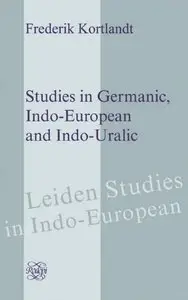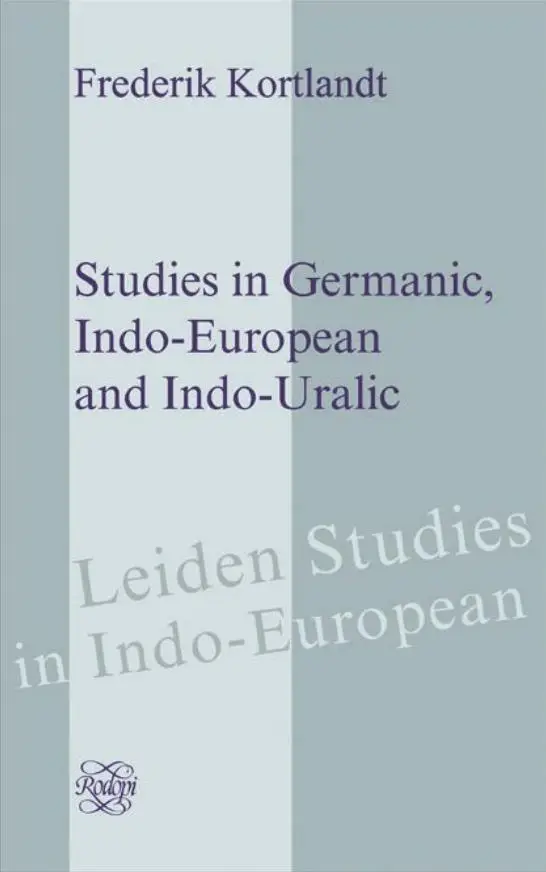Studies in Germanic, Indo-European and Indo-Uralic
Publisher: Rodopi | 2010 | ISBN: 9042031352 | English | PDF | 548 pages | 1.76 Mb
Publisher: Rodopi | 2010 | ISBN: 9042031352 | English | PDF | 548 pages | 1.76 Mb
The red thread which runs through this book is a quest for relative chronology of linguistic developments. The probability of a reconstruction can be judged against the background of the transitions which it implies for the linguistic system as a whole. The reconstructions are always bottom-up, never top-down. It follows that the chapters on Germanic can be read without reference to the Indo-European background and that the Indo-Uralic part of the book can be left out of consideration if one does not want to look beyond Proto-Indo-European. The initial chapters of the book offer an introduction to the background and methodology of the reconstructions with a discussion of the spread of the Indo-Europeans, the role of general linguistics in linguistic reconstruction, the nature of mixed languages, the origin of the Goths, the relations between Indo-European, Uralic and Caucasian languages, and the structure and development of Proto-Indo-European. The following chapters deal with the phonology and morphosyntax of Indo-European, Greek, Indo-Iranian and Tocharian. These are followed by a discussion of Germanic phonology, verb classes, verbal and nominal inflexion, and specific issues in English, German and Scandinavian languages. After a short treatment of Albanian, Armenian, Balto-Slavic and Italo-Celtic topics, the volume is concluded with a discussion of Anatolian and Indo-Uralic phonology and morphosyntax. The book is of interest to students of Germanic, Indo-European and historical linguistics.





